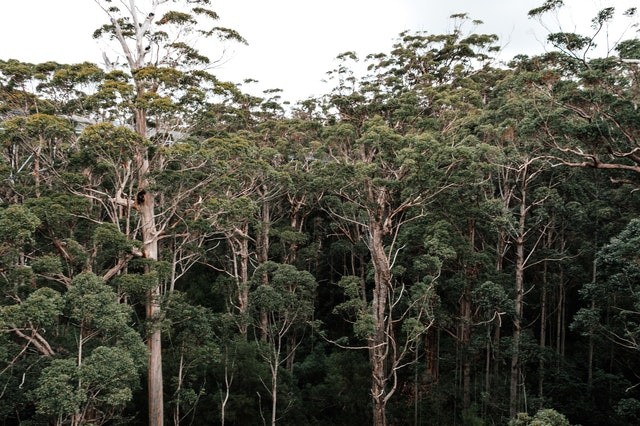Arctic winters are increasing warmer as a result of climate change. Temperature anomalies and cold damage in East Asia are caused by Arctic warming, according to a global study by UZH researchers.
As a result, the region's woods absorb less CO2 and develop less vegetation, bloom later, and harvest later.

Recent Weather Report
As far south as Florida, the east coast of the United States has had significant snowfall and low temperatures in the last several days.
A multinational team of researchers from Switzerland, Korea, China, Japan, and the United Kingdom discovered that warmer Arctic winters are now producing this type of severe winter weather in East Asia.
In the evergreen subtropics, colder winters limit vegetation activity and continue to have a detrimental impact on ecosystems in the spring, such as broken limbs or frost-damaged foliage caused by heavy snowfall.
"The lower winters also affect agricultural production of cereals, fruits, root vegetables, and legumes," says Jin-Soo Kim of the University of Zurich's Department of Evolutionary Biology and Environmental Studies in a Science Daily report.
Related Article : Scientists Uses AI to Understand How Disastrous Climate Change Really is
Using Models
The scientists blended earth system modeling, satellite data, and local observations for the study. They also looked at a temperature index from the Barents-Kara Sea.
They discovered that when Arctic temperatures were greater than typical, alterations in air circulation caused an anomalous climate in East Asia. The bad weather harmed plant development and production and delayed flowering in frigid years.
Furthermore, between the winter and spring, the researchers projected a reduction in carbon absorbing capacity of around 65 megatons of carbon (by comparison, fossil fuel emissions in Switzerland are 8.8 megatons of carbon per year).
Another factor to consider when addressing carbon neutrality is the loss in carbon absorption capacity induced by climate change.
Harms

People as far south as the subtropics are being harmed by the warming of the Arctic induced by anthropogenic greenhouse gas emissions.
According to Gabriela Schaepman-Strub, the study's co-author, "while we are seeing significant warming in Arctic ecosystems, particularly over the Barents-Kara Sea, we have now discovered that this warming affects ecosystems thousands of kilometers away and over multiple weeks through climate teleconnections. Arctic warming is threatening the polar bear, but it will also affect us in many other ways."
Tipping Point
"Time is running out," UN Secretary-General Antonio Guterres recently remarked about the IPCC's newest report, which warned of that potential. There are dangerously near warning signs of irreversible climatic tipping points.
A tipping point occurs when tiny changes become big enough to trigger a larger, more crucial shift that can be sudden, irreversible, and have cascading repercussions. In 2000, the IPCC presented the notion of tipping points to the world, but at the time, it was considered that they would only occur if global warming reached a temperature of 5 degrees Celsius. However, in recent IPCC assessments, it was predicted that the temperature tipping point might be anywhere from 1 to 2 degrees Celsius warmer.
Also Read : Three Scientists Awarded 2021 Nobel Prize for Finding Patterns in World's Chaotic Climate
For more environmental news, don't forget to follow Nature World News!
© 2025 NatureWorldNews.com All rights reserved. Do not reproduce without permission.




